
Dr. Hu Sha
World Malaria Day is observed every year on 25 April and was established by the World Health Assembly at its 60th session in May 2007 to promote the global fight against malaria.
Malaria is an infectious disease caused by the malaria parasite, which is mainly transmitted through the bite of mosquitoes and is typically characterized by high fever, shiver and sweating. The three symptoms cycle repeatedly, and there are even complications such as anemia and acute kidney failure. Although malaria incidence and mortality rates have declined globally over the past decade, Africa remains a major malaria endemic region. According to the World Health Organization, there are an estimated 619,000 malaria deaths globally in 2021, with Africa accounting for 95% of malaria cases and 96% of malaria deaths. Zimbabwe has made significant progress in reducing the incidence of malaria compared to levels a decade ago, but the number of malaria cases reported annually has fluctuated between approximately 250,000 and 500,000 in recent years, with no sustained downward trend.
As early as 1631, Italian missionaries brought Cinchona bark from South America to Europe for use in the treatment of malaria. In 1820, French scientists isolated and purified Cinchona bark and obtained quinine, an effective ingredient in the treatment of malaria. Since then, scientists have continued to improve anti-malaria drugs for the treatment of malaria.
Related Stories
China established a research collaboration group on May 23, 1967 to carry out research on new anti-malarial drugs throughout the country. In January 1969, at the age of 39, Dr. Tu Youyou served as the head of the Chinese Medicine anti-malaria research group of the Academy of Traditional Chinese Medicine. Dr. Tu Youyou began to read ancient books, visited experts, and collected various records of traditional Chinese medicine treatment of malaria.
After more than 380 screening experiments, Dr. Tu Youyou targeted a few traditional Chinese medicines, such as sweet wormwood, and successfully extracted artemisinin from it.
In October 1981, the World Health Organization held an international conference on artemisinin in Beijing. Artemisinin, a new antimalarial drug, has since stood on the world stage and become a gift of traditional Chinese medicine to the world, saving countless lives. Dr. Tu Youyou was awarded the 2015 Nobel Prize in Physiology and Medicine.
For half a century, artemisinin combination therapies, including artemisinin, dihydroartemisinin, coartem and dihydroartemisinin piperaquine tablets, have been widely used in malaria endemic areas around the world. The price of artemisinin-based antimalarial drugs, which cost only a few dollars per course of treatment, is a boon to the vast number of poor people in the affected areas of Africa. According to incomplete statistics from the World Health Organization, artemisinin has saved millions of lives worldwide and treated hundreds of millions of patients every year.
The success of artemisinin has built a bridge between traditional and modern medicine, and traditional Chinese medicine is willing to contribute to the health of all mankind and the building of a community with a shared future for mankind.
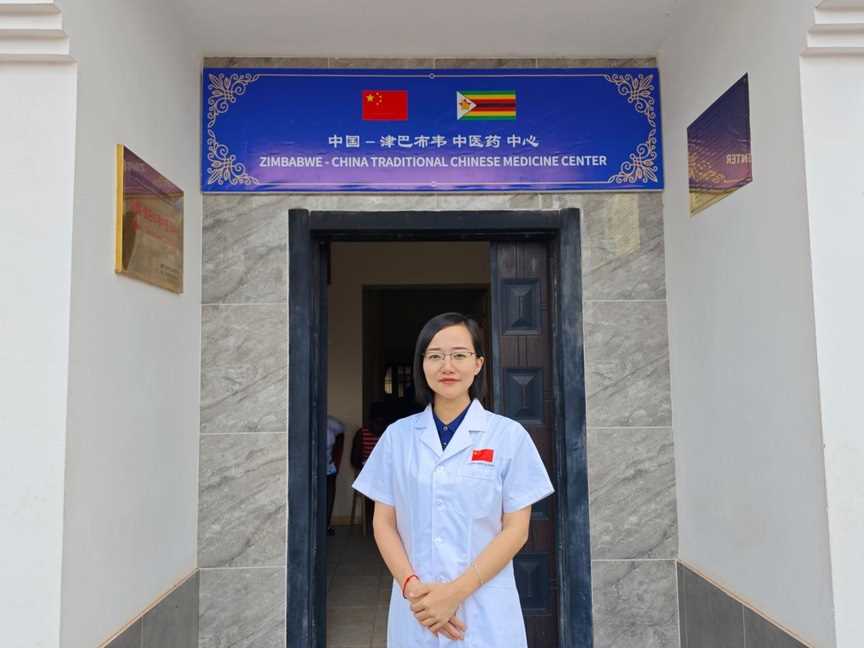
Dr. Hu Sha, deputy captain of the 21st China Medical Team in Zimbabwe and head of the Zimbabwe-China Traditional Chinese Medicine Center, comes from the First Hospital of Hunan University of Chinese Medicine


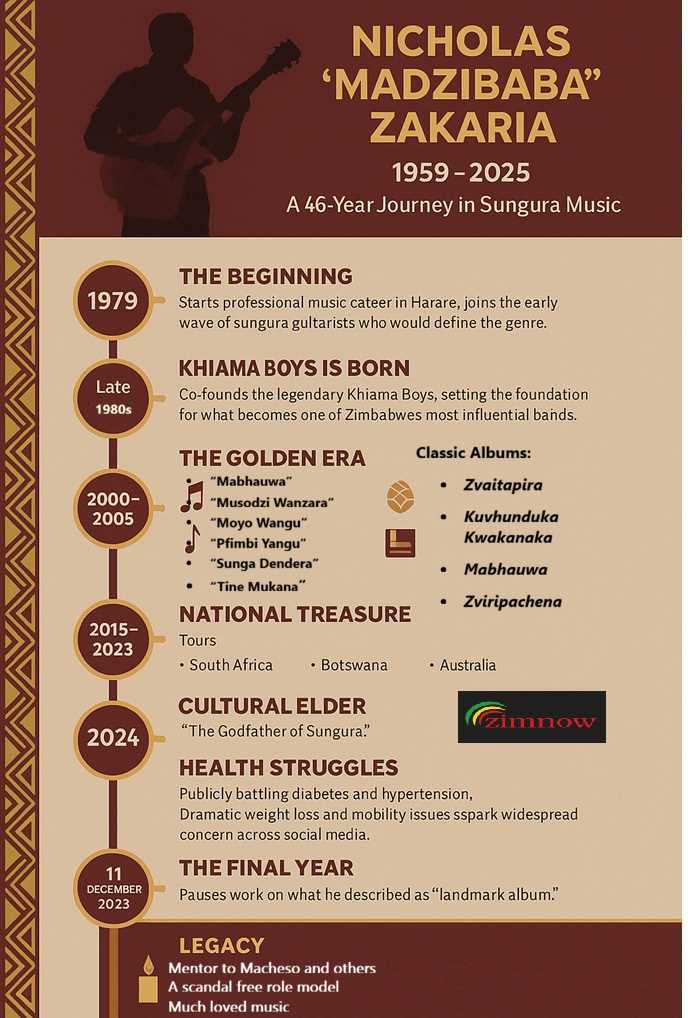







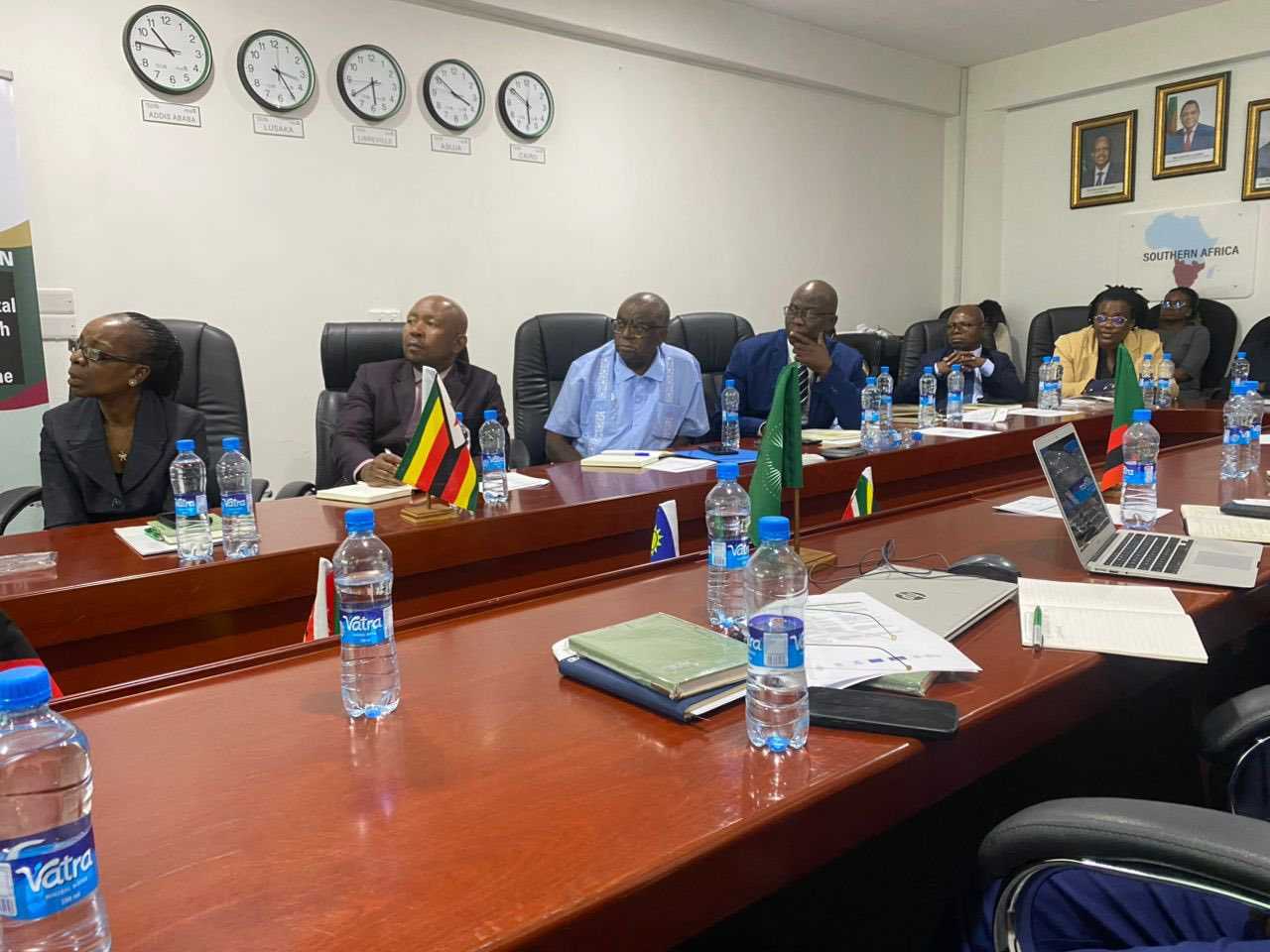
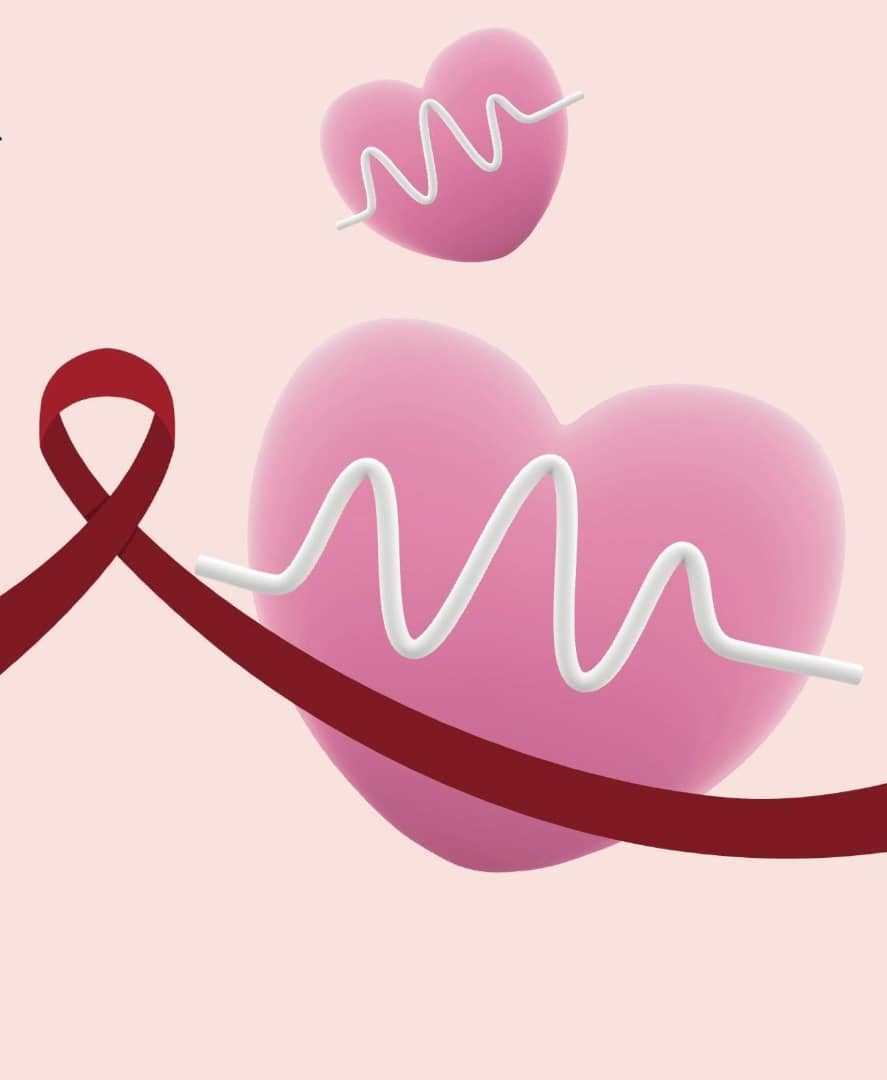


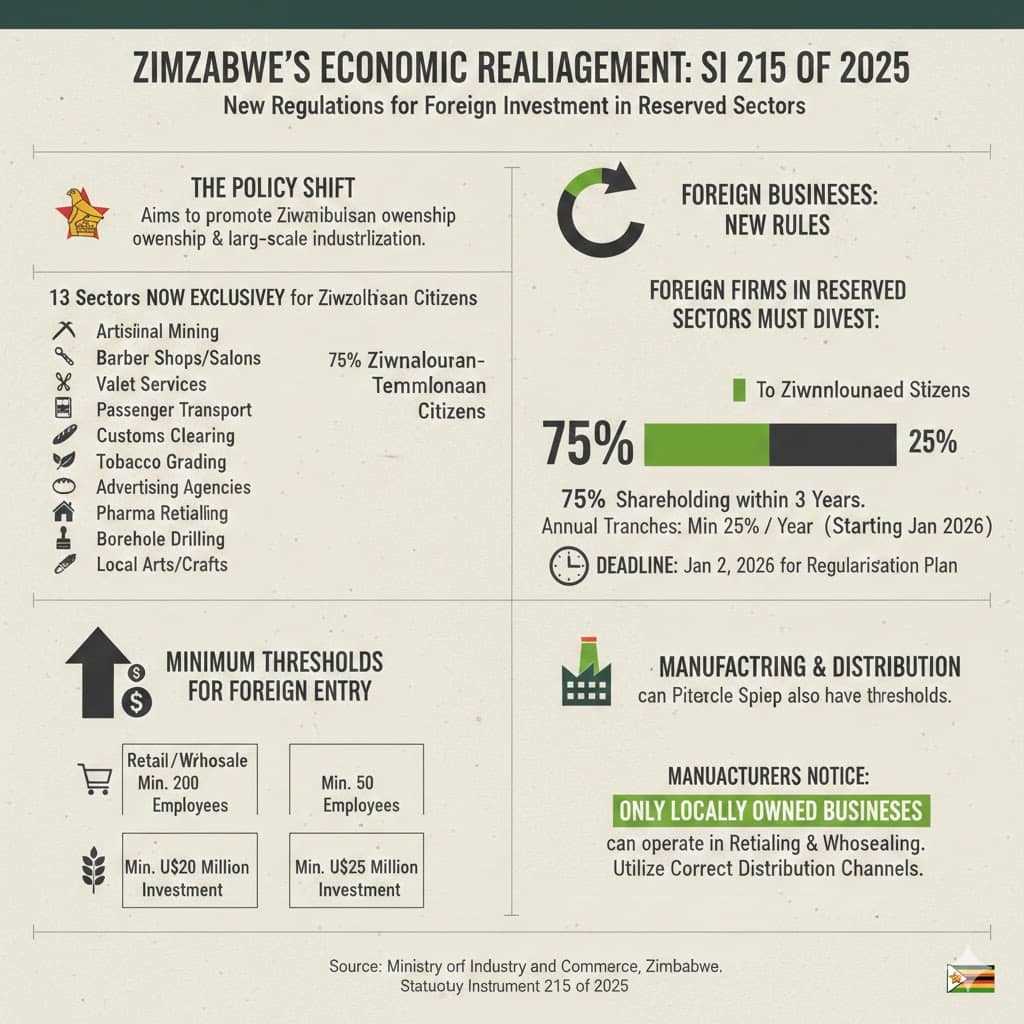




Leave Comments